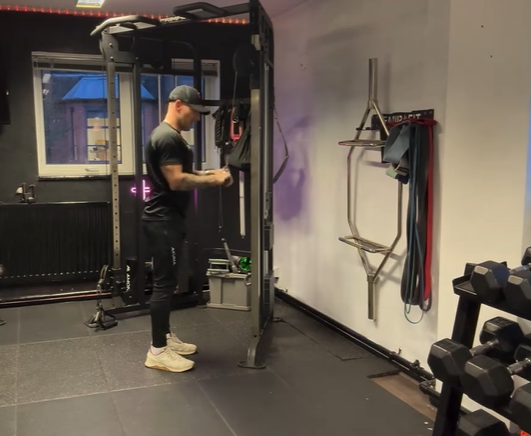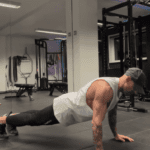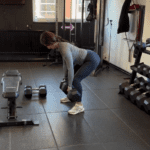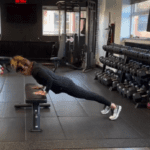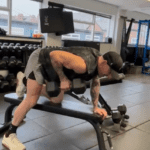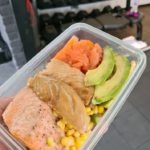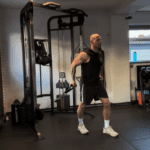Isolation exercises are essential for targeting specific muscles, improving strength, and correcting imbalances. However, improper form can reduce effectiveness and increase injury risk. This guide explains how to perform isolation exercises correctly for key muscle groups, including the side deltoid, biceps, chest, hamstrings, and quadriceps.
Side deltoid
The side deltoid is crucial for shoulder width and strength. A common mistake is using too much weight during lateral raises, which causes the hand to roll and shifts tension away from the deltoid.
Correct technique:
- Use light to moderate dumbbells or a cable machine.
- Lean slightly forward on a bench for stability.
- Raise your arms laterally with knuckles facing the sky.
- Avoid momentum; keep movements slow and controlled.
- Stop at shoulder height to maintain tension on the deltoids.
Biceps
Swinging dumbbells while curling is a frequent error that reduces bicep engagement and risks injury.
Correct technique:
- Rest your upper arm on a preacher bench or keep your elbow stationary.
- Curl the dumbbell slowly toward your shoulder while fully contracting the biceps.
- Lower the weight slowly to maintain tension throughout the movement.
- For added isolation, perform lying curls on a flat bench with your elbows slightly forward.
Single-arm row
Correct single-arm row technique involves maintaining a flat back, driving the working arm up with a high elbow close to the chest, allowing natural shoulder blade movement, and focusing on pulling “down and back” before moving up. Common mistakes include keeping the scapula locked, pulling straight up, overusing biceps and forearms, rotating the torso, improper bench setup, neglecting progressive overload, excessive rest between sets, and ignoring individual adjustments needed for optimal performance.
- Place one hand on a bench or box high enough that the weight doesn’t touch the floor when your arm is extended.
- Maintain a flat back with a subtle bend in the knees.
- Drive your working arm up with a high elbow, keeping it close to your chest.
- Allow the shoulder blade to move naturally, rather than keeping it “pinned” in place. Think about pulling “down and back” before moving up.
- Let the scapula protract at the bottom for a deep stretch, then retract as you pull.
Chest
The chest can be targeted through isolation exercises like cable flyes or dumbbell flyes. A common mistake is overextending the arms, which strains the shoulders.
Correct technique:
- Lie on a flat or incline bench with dumbbells in hand.
- Keep a slight bend in your elbows as you open your arms wide.
- Squeeze your chest as you bring the dumbbells back together above you.
- Avoid locking out elbows or using excessive weight.
Hamstrings
Hamstring isolation often suffers from improper form during exercises like leg curls, where people arch their back or use momentum.
Correct technique:
- Use a seated or lying leg curl machine.
- Keep your back flat against the pad and avoid lifting your hips.
- Slowly curl your legs toward your glutes while squeezing the hamstrings.
- Lower with control to maximize engagement.
Quadriceps
For quadriceps, leg extensions are a popular isolation exercise but are often done with excessive weight or jerky movements.
Correct technique:
- Sit on a leg extension machine with knees aligned to the pivot point.
- Extend your legs fully while squeezing the quadriceps at the top of the movement.
- Lower slowly without letting the weights slam down.
Key takeaways
- Form over weight: Using lighter weights with proper form is more effective than lifting heavy with poor technique.
- Controlled movements: Slow, deliberate reps maximize muscle engagement and reduce injury risk.
- Focus on tension: Keep target muscles under tension throughout each exercise.
- Avoid momentum: Swinging weights reduces isolation and shifts work to other muscle groups.
By following these guidelines, you can isolate muscles effectively, avoid common mistakes, and achieve better results in your workouts!
A Personal Trainer is an investment in your health and well-being that can lead to long-term positive effects on your fitness, confidence, and overall health. PT Hale prides itself on being a social and safe space where you can work out individually, or with like-minded people to get the results that you want and deserve – LET’S GO!

